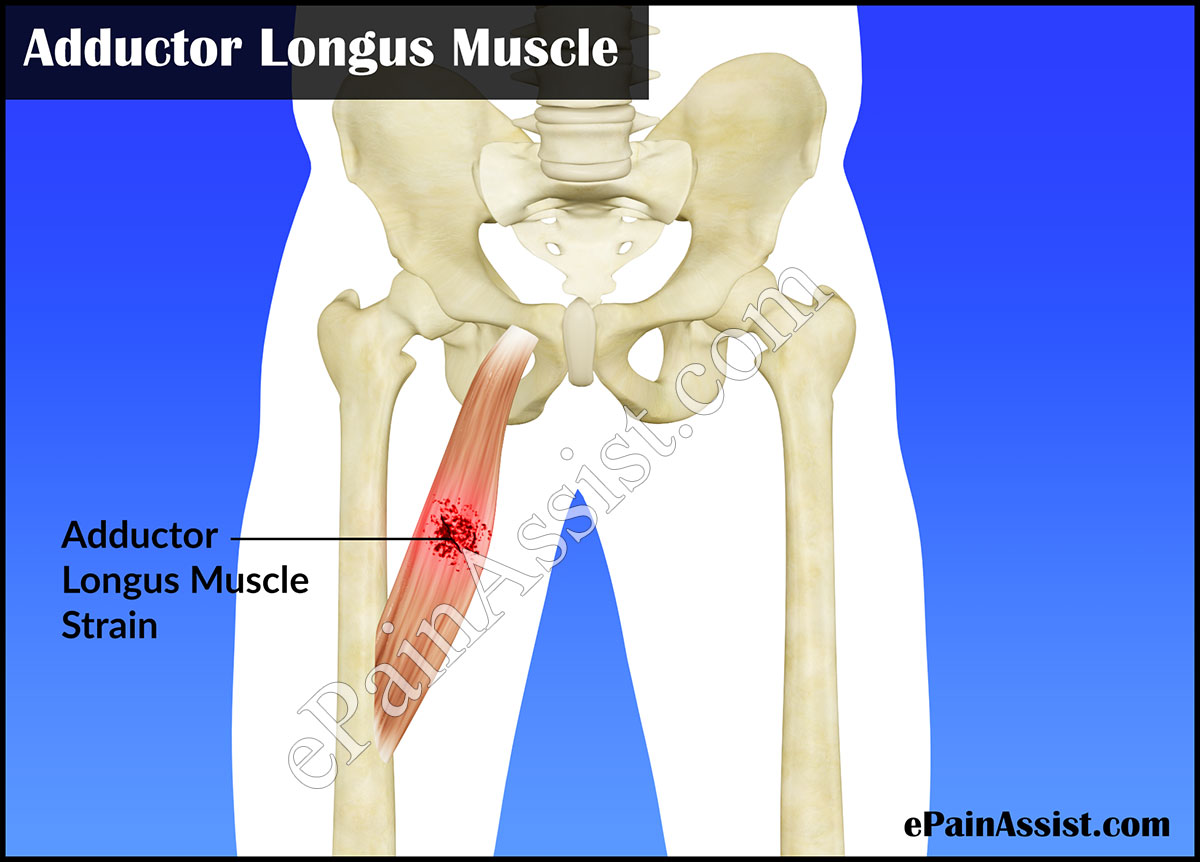What is Adductor Longus Muscle and What is its Function?
The Adductor Longus Muscle belongs to a group of the hip adductor muscles and is located in the inner part of the thigh. The function of this muscle is to control the movement inwards and to the sides of the thigh bone. The Adductor Longus Muscle stems from the superior aspect of pubis beneath the pubic tubercle. It then enters the middle third of linea aspera of femur. As stated it facilitates adduction and flexion of the thigh and hip. It also plays a vital role in lateral and medial rotation of thigh. These muscles also help with ambulation by pulling the legs towards the middle thus helping in maintaining balance. This is one of the most powerful muscles of the thigh. This muscle is quite long and has the shape of a triangle. Since Adductor Longus muscle is present in the thigh it is prone to injuries like Adductor Longus Strain due to over stretching and overuse and can cause problems with walking and maintaining balance. Adductor Longus Muscle is innervated by the nerves from the lumbar plexu.

Signs and Symptoms of Adductor Longus Strain
Some of the symptoms Adductor Longus Strain are:
- Severe pain in the groin with any sort of activity which goes way with rest
- Severe pain in outer upper of thigh close to the hip joint
- Severe pain above the knee
- Reduced motion of the hip and thigh.

What can Cause Adductor Longus Strain?
Some of the activities that can cause Strained Adductor Longus Muscle are:
- Sitting cross legged for prolonged periods of time
- People involved with repetitive horseback riding are also prone to injure their Adductor Longus Muscle
- People who have had a slip and fall can also Strain Adductor Longus Muscle
- Gymnasts and aerobic trainers who teach vertical and horizontal splits with their legs can also Strain the Adductor Longus Muscle
- Any activities that require quick movements or side-to-side movements can cause Adductor Longus Strain.
- Soccer players are also more prone to Adductor Longus Strain due to extensive and forceful kicking the ball.
Risk Factors of Adductor Longus Muscle Strain or Injury
Some of the medical conditions that can be caused by Adductor Longus Strain are:
- Floating Patella
- Obturator nerve entrapment
- Pubic stress fracture
- Groin Strain
- Inguinal hernia.
What is the Treatment for Adductor Longus Strain?
Some of the treatments for Adductor Longus Strain are:
Rest is the most important part of treatment for Adductor Longus Strain. There should be no stretching activities performed initially for few days.
Cold Therapy: There are many forms of gels and cold packs which are quite effective in treating Adductor Longus Strain. The gels that are available are normally used immediately after an injury or strain as it immediately cools the area and prevents swelling from developing in the area. The gel is used by rubbing it around the hip, thigh, and groin for optimal results. Ice pack can also be used and is quite effective conservative treatment for Adductor Longus Strain.
Warm Therapy: This type of therapy can also be used for treating an injured Adductor Longus Muscle. This gel provides adequate warmth to the injured area without actually burning the area. It works fantastically well in relieving pain and stiffness post an injury to the Adductor Longus Muscle. One can use a hot and cold gel pack. To use the pack as a hot therapy, one needs to place the gel pack in the boiling water for 2-3 minutes and then place it over the strained adductor longus muscle.
Thigh and Groin Wrap: This wrap comes in the form of a gel pack which is adjustable and gives you proper fit and compresses the Adductor Longus Muscle to allow it to heal. It also helps in reducing pain and swelling if present due to strained adductor longus muscle.
Compression Shorts: These types of shorts also compress the Adductor Longus Muscle and facilitate early healing of the strained muscle. It also helps in reducing swelling.
